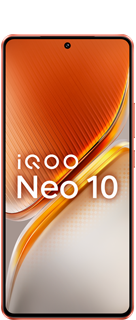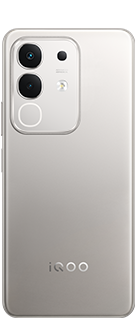The Evolution of Snapdragon: A Timeline of Innovation (2007–2024)
The history of Snapdragon refers to the development and evolution of the Snapdragon system on chips (SoCs), which are designed by Qualcomm, a leading American semiconductor and telecommunications company. Snapdragon chips power a wide range of devices, including smartphones, tablets, laptops, and more.

Here’s a concise overview of the history and evolution of Snapdragon:
2007: Introduction of Snapdragon
- Qualcomm introduced the first Snapdragon chipset (QSD8650) in November 2007.
- It was aimed at mobile devices and offered an integrated ARM CPU, GPU, DSP, and modem.
- One of the earliest devices to use Snapdragon was the HTC Dream (T-Mobile G1), the first Android smartphone.

2010–2012: Snapdragon S1 to S4 Series
- Snapdragon S1 to S4 were released, offering improved performance and power efficiency.
- Snapdragon S4 (e.g., MSM8960) featured Krait CPU cores, which were custom-designed by Qualcomm.
- These chips became popular in early Android smartphones like the Samsung Galaxy S3 and HTC One series.

2013: Snapdragon 800 Series Launch
- The Snapdragon 800 line debuted with flagship performance, starting with the Snapdragon 800 (MSM8974).
- Featured quad-core Krait 400 CPU and Adreno 330 GPU.
- Used in high-end phones like the LG G2 and Nexus 5.

2015–2016: Snapdragon 810 Controversy
- Snapdragon 810 was Qualcomm’s attempt at an octa-core flagship chip, but it suffered from overheating issues.
- Led to performance throttling and criticism, prompting some manufacturers to skip or delay adoption.

2016 Onward: 820/835/845 and Custom Cores
- Qualcomm rebounded with the Snapdragon 820, featuring its custom Kryo CPU architecture.
- Continued evolution through Snapdragon 835, 845, and 855, with significant gains in AI, GPU, and camera processing.

2020s: 5G and Beyond
- Snapdragon chips increasingly integrated 5G modems, starting with the Snapdragon 765 (mid-range) and 865 (flagship).
- Qualcomm began separating modems (e.g., X55, X60) from CPUs in certain chips and also integrating them in others.

2021: Snapdragon 8 Series Redesign
- Introduced a new naming convention: Snapdragon 8 Gen 1 instead of Snapdragon 895.
- 8 Gen 1 and later 8+ Gen 1 and 8 Gen 2 offered major upgrades in AI, gaming, photography, and connectivity.

2023–2024: Snapdragon X Series & Laptops
- Qualcomm introduced the Snapdragon X series, aimed at Windows laptops, featuring Oryon CPU cores based on Nuvia technology (acquired in 2021).
- Snapdragon X Elite, announced in 2023, marked a major push into the laptop market as a competitor to Apple’s M-series and Intel chips.

Notable Features Over Time
- Integrated 4G/5G modems (Snapdragon X series)

- Custom Kryo/Oryon CPU cores

- Adreno GPUs for gaming

- Hexagon DSPs for AI/ML

- Spectra ISPs for photography

- Elite Gaming and Quick Charge tech

Would you like a timeline infographic or a more technical breakdown of specific generations like the Snapdragon 8 Gen 2 or the Snapdragon X Elite?
Amit Kumar
Quester
@NipunMarya @parakram_h @Parth Nirmal @woahyash @NITIN @Lakshay @Anilyadav007 @MKJEDI @Sourav @Souvik @Souvik Sarkar @Ashu._.pandit__ @Ashutoshhh @Ayushpandey20 @AyushShaw @JStreetS @TechSAM009 @Nikhil_liftss @KrishnaQ @HasanRazaKhan @Hasratsingh @Kvkartikji04 @Shubham_Mondal @prasad.photos @ANJU @Anjali @Sunny Waghcoure @Sunny_Kumar @TechAbhi @TESVIPER10
Please sign in
Login and share






















